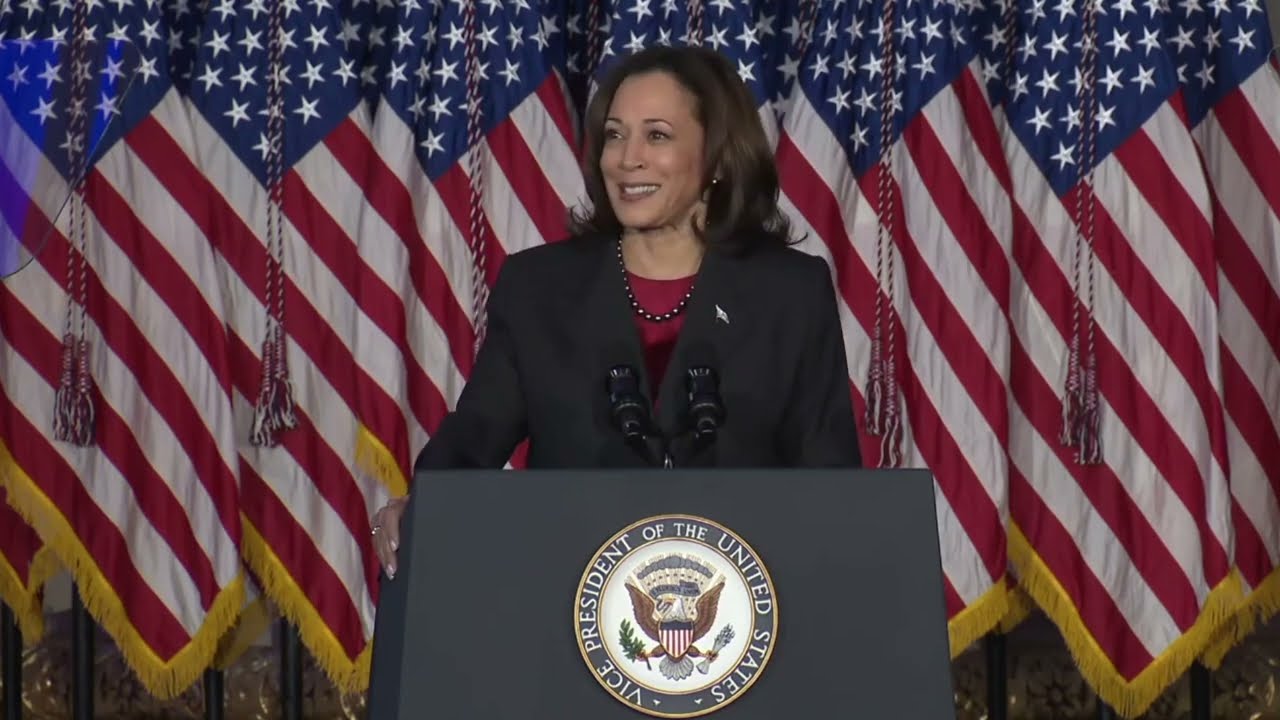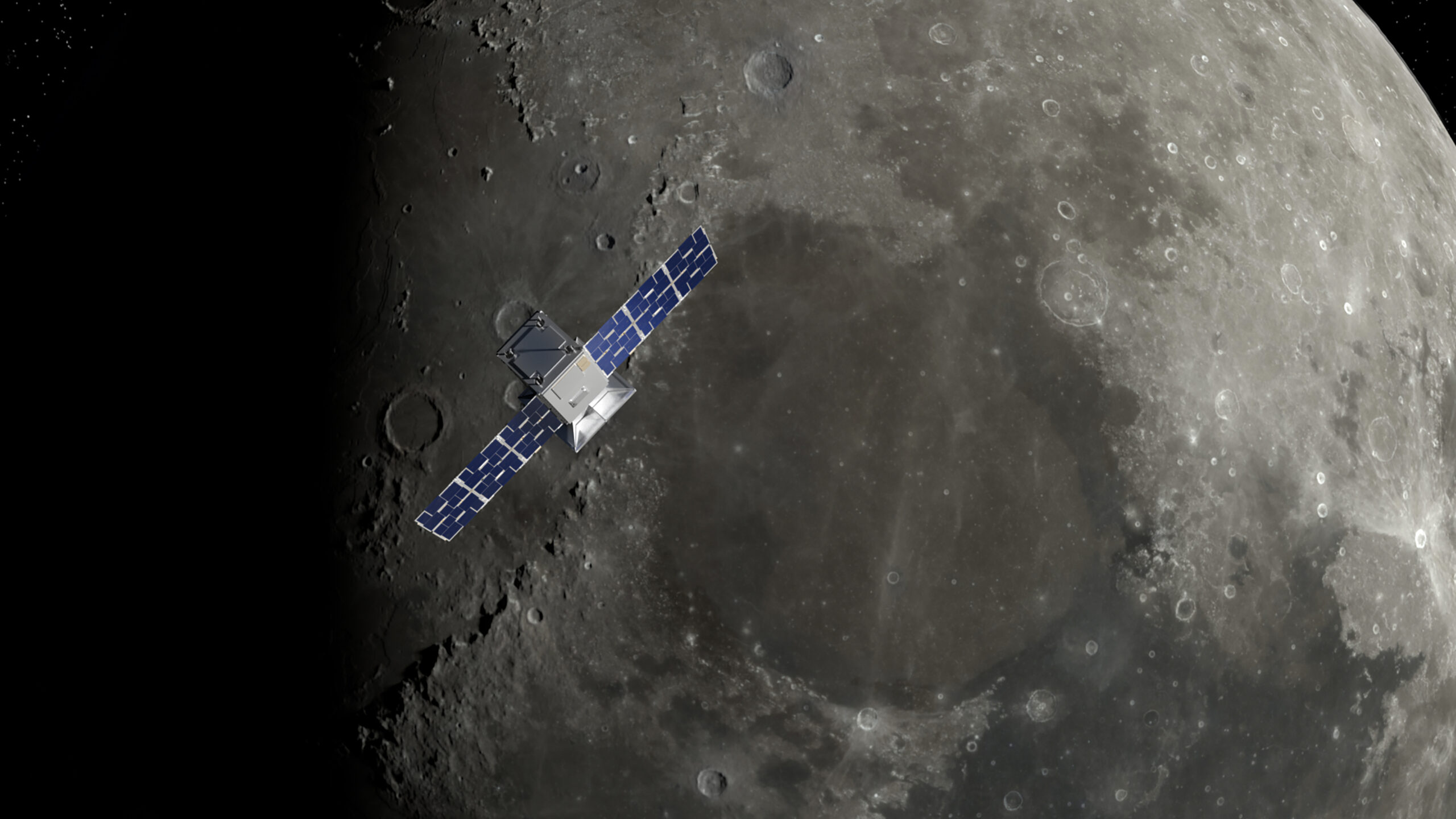U.S. Pledges To Land International Astronauts On The Moon By End Of 2020s
U.S. pledges to land international astronauts on the moon by end of 2020s, as Vice President Kamala Harris reaffirmed that NASA's crewed return to the moon will be a collaborative international effort.
Author:Rhyley CarneyReviewer:Paula M. GrahamDec 22, 202313.7K Shares269.6K Views

U.S. pledges to land international astronauts on the moon by end of 2020s, as Vice President Kamala Harris reaffirmed that NASA's crewed return to the moon will be a collaborative international effort. Leading the third National Space Council (NSC) meeting, Harris committed to including non-American astronauts in NASA's Artemis program, with plans for a lunar surface mission shortly.
"We intend to land an international astronaut on the surface of the moon by the end of the decade," Harris stated. However, she did not offer additional specifics, such as the nationality of the astronaut representing the nation.
The Artemis program's objective is to establish a lasting and sustainable human presence on the lunar surface by the close of this decade. NASA officials have emphasized that the skills and knowledge acquired through this initiative will play a crucial role in propelling humanity toward Mars in the 2030s or 2040s.
To achieve the ambitious goals of Artemis, NASA is capitalizing on a range of partnerships, both commercial and international. For instance, the European Space Agency (ESA) is supplying the service module for Orion, the American-manufactured capsule designated to transport Artemis astronauts to lunar orbit. Additionally, the Canadian Space Agency (CSA), the Japan Aerospace Exploration Agency (JAXA), and ESA are making significant contributions to the Gateway, the upcoming small space station in lunar orbit.
Artemis has already marked one successful mission: Artemis 1, which dispatched an uncrewed Orion to lunar orbit and back in the previous year. Looking ahead, Artemis 2 is scheduled to send a crew of four astronauts - three from NASA and the CSA's Jeremy Hansen - on a journey around the moon, anticipated to take place in late 2024 or 2025.
Following the initial missions, surface explorations are on the agenda. Artemis 3, aiming to land astronauts near the lunar south pole, is scheduled for either 2025 or 2026. Subsequently, Artemis 4 and Artemis 5 are anticipated, with potential launch dates as early as 2028 and 2029, respectively.
According to ESA Director Josef Aschbacher's statement to Space.com in July, each of Artemis 4 and Artemis 5 will likely include a European astronaut. While Vice President Harris' announcement during today's NSC meeting, held at the Mellon Auditorium in Washington, D.C., may not be groundbreaking news, it serves as a public reaffirmation that Artemis distinguishes itself from Apollo.
Unlike the solo endeavor of the United States in the Apollo era, Artemis is a collaborative effort. Harris emphasized that 33 nations have now endorsed the U.S.-led Artemis Accords, outlining a responsible framework for lunar exploration.
“„This announcement, and this meeting of our National Space Council, is further demonstration of our belief in the critical importance of international partnership.- Vice President Kamala Harris
Artemis wasn't the sole focus of the National Space Council's meeting today. This policy-forming body, comprising numerous top-tier U.S. officials such as the NASA administrator, Director of National Intelligence, and secretaries of defense, state, commerce, transportation, and homeland security, addressed various topics. Among these discussions, several participants emphasized the national security significance of space exploration and utilization.
"In my view, space has emerged as our most essential warfighting domain, integral to our national security, our coalition interoperability, and our global stability," said Adm. Chris Grady, vice chairman of the Joint Chiefs of Staff.
“„And it is through our mastery of this domain - mastery together with all of our allies and partners - that we gain unparalleled clarity in visualizing the battlefield, a perspective that is vital for informed, rapid decision-making, for precision effects, and, ultimately, for the awareness that we need to best defend our nations.- Chris Grady
Conclusion
The National Space Council meeting took place on the fourth anniversary of the formation of the U.S. Space Force, a fact underscored by both Harris and Grady.
"The youngest service in our joint force is essential to protecting our most critical space systems, to collaborating with commercial industry, and to prioritizing our interoperability with allies and partners," Grady said.
Jump to

Rhyley Carney
Author

Paula M. Graham
Reviewer
Latest Articles
Popular Articles
